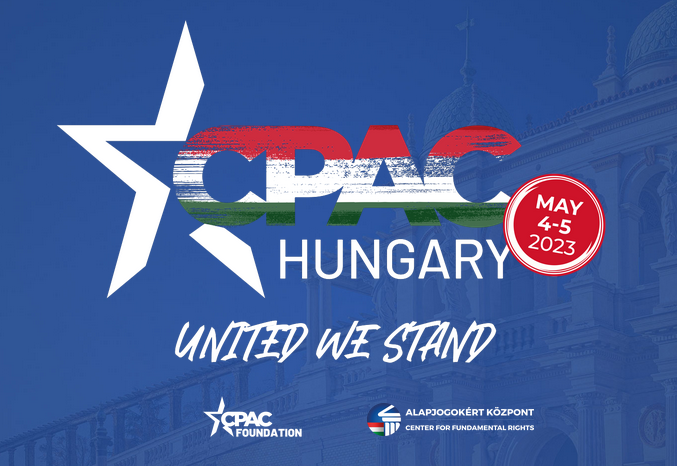01
THE POWER TO UNITE
02
YOUR PART IN HISTORY
IT’S PARTY TIME
United We Stand
Famous Iterations
The phrase “United We Stand” (often extended to “United We Stand, Divided We Fall”) has appeared in numerous historical, political, cultural, and media contexts, symbolizing unity and collective strength. Below is a curated list of some of the most famous iterations, drawn from reliable sources and organized chronologically where possible. I’ve focused on well-documented examples with broad recognition.Ancient and Early Origins
- Aesop’s Fables (6th century BCE): The concept originates from ancient Greek storyteller Aesop in fables like “The Four Oxen and the Lion” (where divided oxen are easily defeated) and “The Bundle of Sticks” (demonstrating that sticks bound together are unbreakable, but separate ones snap easily). The moral emphasizes that unity provides strength, laying the groundwork for the modern phrase.
- Biblical References (1st century CE): Similar ideas appear in the New Testament, such as Mark 3:25 (“And if a house be divided against itself, that house cannot stand”), Matthew 12:25 (“Every kingdom divided against itself is brought to desolation; and every city or house divided against itself shall not stand”), and Luke 11:17 (“Every kingdom divided against itself is brought to desolation; and a house divided against a house falleth”). These passages influenced later uses by highlighting division as a path to ruin.
- Medieval Attribution (13th century): The 1911 Encyclopædia Britannica attributes an early explicit use to English bishop Robert Grosseteste (d. 1253), who stated, “It is written that united we stand and divided we fall.”
American Revolutionary and Early U.S. History
- John Dickinson’s “The Liberty Song” (1768): One of the earliest modern iterations appeared in this pre-Revolutionary War patriotic song by Founding Father John Dickinson, published in the Pennsylvania Journal and Pennsylvania Gazette on July 7, 1768. The lyrics include: “Then join hand in hand, brave Americans all! By uniting we stand, by dividing we fall!” It rallied colonists against British rule.
- Kentucky State Motto (1792/1942): Adopted as part of Kentucky’s state seal in 1792 and officially as its English motto in 1942, the full phrase “United We Stand, Divided We Fall” symbolizes state and national unity. It’s featured on the state flag and seal.
- Patrick Henry’s Speech (1799): In his final public address opposing the Kentucky and Virginia Resolutions, American orator Patrick Henry declared: “United we stand, divided we fall. Let us not split into factions which must destroy that union upon which our existence hangs.”
- Abraham Lincoln’s “House Divided” Speech (1858): During his Senate campaign against Stephen Douglas, Lincoln echoed the Biblical roots with: “A house divided against itself cannot stand,” applying it to the slavery debate and national division.
- Missouri State Seal: The phrase encircles the center of Missouri’s seal, emphasizing unity among states.
20th-Century Political and Wartime Uses
- World War II Propaganda (1940s): The phrase appeared on U.S. posters urging national solidarity during the war, often in motivational campaigns.
- Winston Churchill’s Broadcast (1941): On June 16, 1941, while accepting an honorary degree from the University of Rochester, British Prime Minister Churchill stated: “United we stand. Divided we fall” in a radio address to the U.S., promoting Allied unity against Nazi Germany.
- Syngman Rhee Variation (1950s): South Korea’s first president adapted it to “United we live, divided we die” during the Korean War era to rally national defense.
- Ross Perot’s “United We Stand America” (1992): Texas businessman and independent presidential candidate H. Ross Perot founded this citizen action organization after his 1992 campaign, using the phrase to advocate for political reform, fiscal responsibility, and grassroots activism. It later influenced the Reform Party.
Cultural and Media Iterations
- Brotherhood of Man’s Song “United We Stand” (1970): Written by Tony Hiller and Peter Simmons, this pop hit by the British group became an anthem of unity and love. It was adopted by the U.S. Democratic Party’s presidential campaign, used in post-9/11 recovery efforts, and as a football chant.
- Marvel Comics’ “Ultimate Comics: Divided We Fall, United We Stand” (2012): This storyline in the Ultimate Marvel universe, including X-Men issues, used the phrase to depict a divided America reuniting against threats, reflecting themes of national crisis.
Post-9/11 and Modern Uses
- Post-September 11, 2001 Attacks: The phrase surged in popularity as a symbol of American resilience, appearing on bumper stickers, yard signs, flags, and “United We Stand” concerts (e.g., in Washington, D.C., and Nashville). It was central to national mourning and unity campaigns, with flag sales skyrocketing.
- Brexit Coverage (2016–2019): The Economist magazine titled an edition “Divided we fall” amid the UK’s EU exit debates, inverting the phrase to warn of disunity’s consequences.
- Donald Tusk’s EU Letter (2017): As European Council president, Tusk invoked the motto in a January 31, 2017, letter to EU leaders ahead of a summit, urging the remaining 27 member states to unite post-Brexit.
- CPAC Hungary Motto (2023): The Conservative Political Action Conference in Hungary adopted “United We Stand” as its official slogan, emphasizing conservative solidarity.
This phrase’s adaptability has made it a timeless motto, evolving from ancient wisdom to modern rallying cries.


Our Office
Nashville, TN USA
Contact Us
(866) 76-UNITE
info@unitedwestand.com
Office Hours
Our organization operates on a 24/7 schedule
